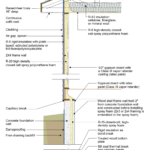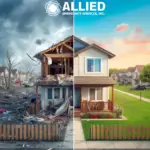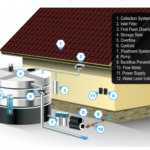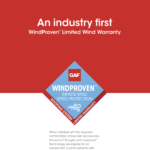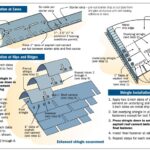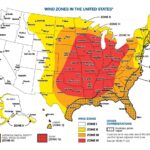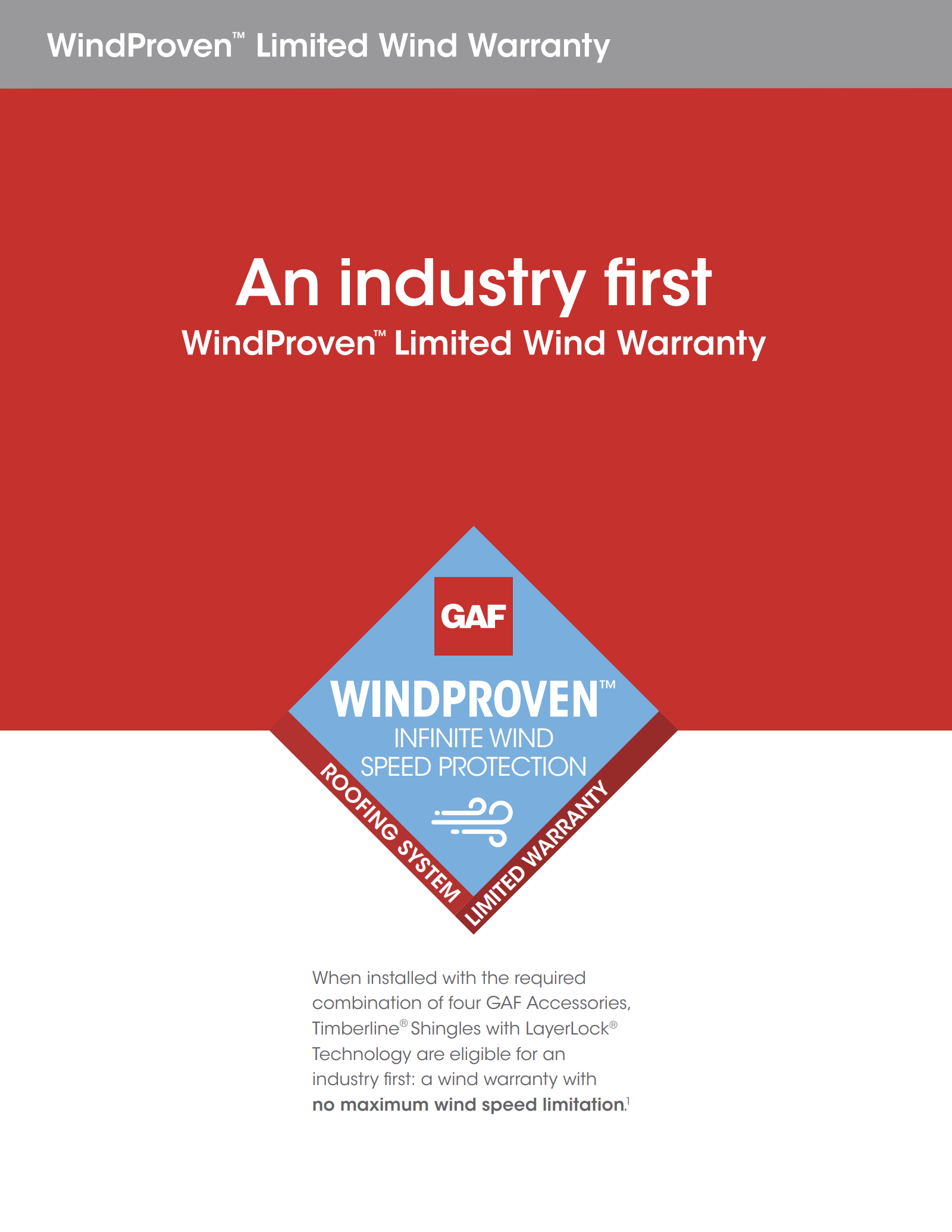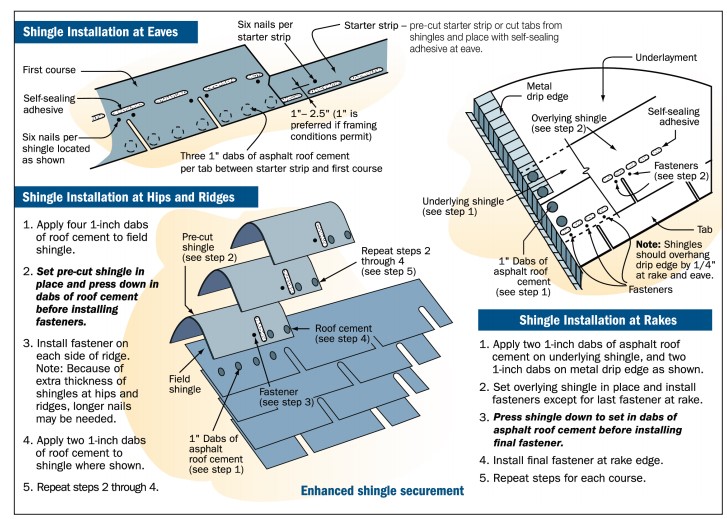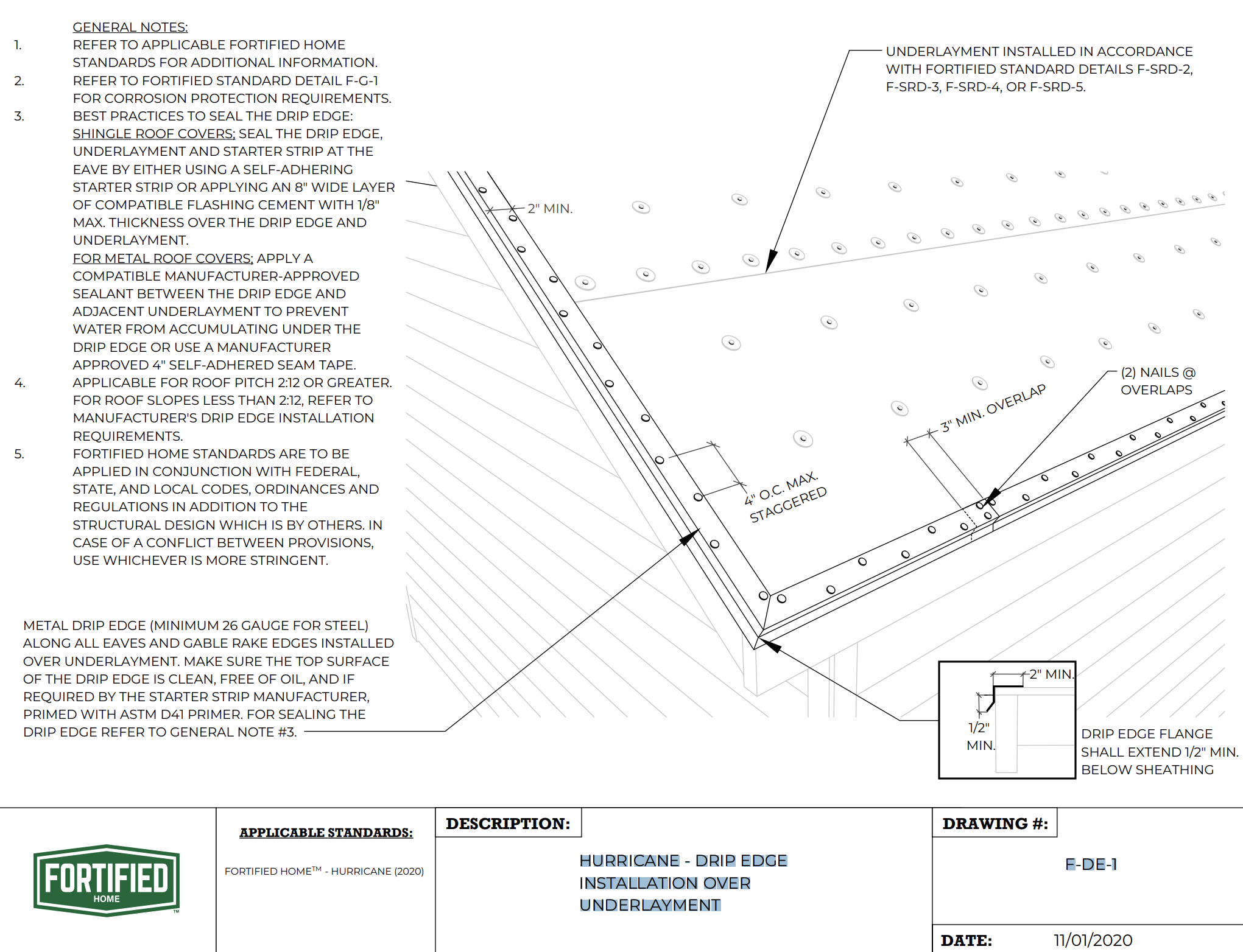Designing and building a wind-resistant home involves careful consideration of various features, including the roof type. Hip and gable roofs are two common choices, each with its own set of advantages and disadvantages. In this guide, we’ll explore the technical aspects and practical implications of selecting between these two roof types for wind resistance.
Technical Description: Design Considerations for Wind Resistance
Technical Description:
- Designers and builders have numerous options to enhance wind resistance, including structural strapping, fortified entryways, and soffit design.
- This guide focuses on comparing gable and hip roofs and their susceptibility to wind pressures.
Advantages and Disadvantages of Roof Types
Advantages and Disadvantages: Understanding the pros and cons of each roof type is crucial for making an informed decision:
Advantages of a Hip Roof
- Performs better in high winds and extreme weather conditions.
- Offers better drainage with eaves and gutters on all sides.
- Potential for lower home insurance rates.
Disadvantages of a Hip Roof:
- Comparatively more complex to design and build.
- Higher initial cost than gable roofs.
- Reduced attic storage space and limited space for solar panels.
Advantages of a Gable Roof:
- Simple and cost-effective design.
- Ample attic storage space and potential for additional living areas.
- Easy to ventilate.
Disadvantages of a Gable Roof:
- Vulnerable to damage from uplift and racking in high winds.
- Gable ends prone to water damage.
- May be considered less aesthetically pleasing than hip roofs.
Technical Analysis: Wind Pressure and Roof Design
Technical Analysis:
- Wind tunnel testing shows that hip roofs experience significantly lower wind pressures compared to gable roofs, making them preferable in high-wind regions.
- Proper bracing of roof trusses and rafters is essential for withstanding wind and seismic loads.
Bracing Requirements for Wind Resistance
Bracing Requirements:
- Truss manufacturers analyze wind forces to determine bracing needs, ensuring structural integrity.
- Adequate bracing of gable ends and overhangs is crucial for stability, especially in hurricane-prone regions.
Insurance and Cost Considerations
Insurance and Cost Considerations:
- Many insurance companies offer discounts for homes with hip roofs due to their superior wind resistance.
- Proper design and construction can lead to long-term cost savings and lower insurance premiums.
Compliance with Building Codes: Ensuring Wind Resistance
2018 and 2021 International Residential Code (IRC)
- Roof Bracing Requirements: Determined by the ultimate wind speed and seismic design category of the home’s location. Refer to national wind maps in IRC, Figure R301.2(4)A and R301.2(4)B, and the national seismic map in IRC, Figure 301.2(2).
- Truss Design Documents (IRC R802.10.3): While the IRC mandates truss design documents, it doesn’t specify the method and details of restraint or bracing. However, the IBC requires full specification of restrain/bracing details, often adhered to by truss manufacturers.
- Bracing Specifications (IRC R602.10.8.2): Specifications for bracing roof trusses to the top plates, based on seismic design categories A, B, and C, or categories D0, D1, and D2.
Retrofit Requirements (2009-2021 IRC)
- Section R102.7.1: Additions, alterations, renovations, or repairs must conform to the IRC provisions without mandating compliance for unaltered portions unless otherwise stated.
- Appendix J: Regulates repair, renovation, alteration, and reconstruction of existing buildings, promoting their continued safe use.
For detailed code language and additional requirements, consult the applicable code versions. Please note that code language may vary, and updates may occur; therefore, it’s advisable to verify the most recent standards from the publisher.
Conclusion: In areas prone to high winds and extreme weather, choosing the right roof type is essential for ensuring the durability and safety of your home. By understanding the advantages and disadvantages of hip and gable roofs, homeowners can make informed decisions to mitigate risks and enhance wind resistance.
For immediate service or consultation, you may contact us at Allied Emergency Services, INC.
Contact Information:
- Phone: 1-800-792-0212
- Email: Info@AlliedEmergencyServices.com
- Location: Serving Illinois, Wisconsin, and Indiana with a focus on the greater Chicago area.
If you require immediate assistance or have specific questions, our human support is readily available to help you.
Disclaimer: This article is intended for informational purposes only. For professional advice, consult experts in the field.
